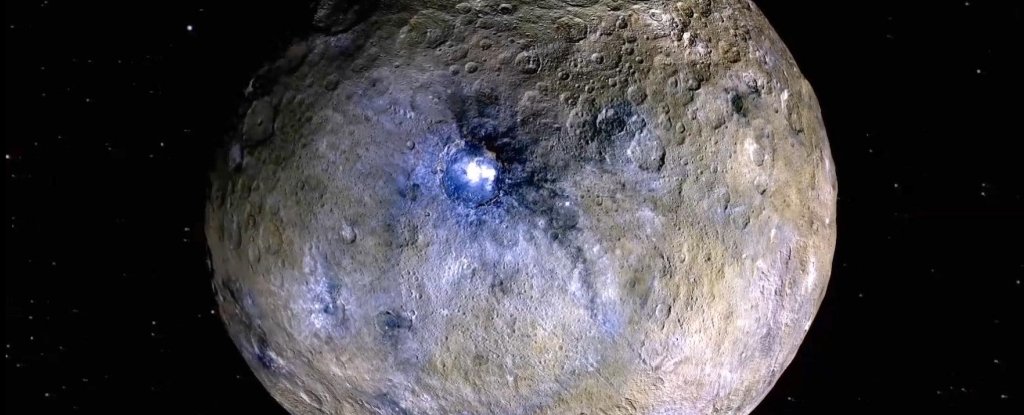
NASA’s Dawn mission has provided new insights suggesting that Ceres, the largest object in the Main Asteroid Belt, may have once supported life approximately 2.5 to 4 billion years ago. This revelation comes from a study led by Samuel W. Courville, a Planetary and Earth Scientist at Arizona State University (ASU), conducted during his internship at NASA’s Jet Propulsion Laboratory (JPL).
The findings, published on August 20, 2023, in the journal Science Advances, underscore the importance of Ceres in understanding the potential for life on other celestial bodies. Ceres accounts for more than 39 percent of the total mass of the Main Asteroid Belt and is unique in having achieved hydrostatic equilibrium, allowing it to take on a rounded shape due to its own gravity.
During its operational period from 2015 to 2018, the Dawn mission collected extensive data about Ceres. These insights indicated that while the planetoid is too cold internally to maintain a stable liquid water ocean today, it may have had the necessary conditions for single-celled life in its youth.
Conditions for Life in the Past
Dawn’s data revealed insufficient heat from radioactive decay within Ceres’ core to sustain an interior ocean. Unlike other celestial bodies such as Europa and Enceladus, which benefit from tidal heating due to their proximity to massive planets, Ceres lacks such an advantage. Previous research suggested that bright patches on its surface are comprised largely of salts resulting from liquid water that once seeped up from a significant reservoir beneath the surface.
The recent study utilized thermal and chemical models to simulate the temperature and composition of Ceres over time. The researchers posited that around 2.5 to 4 billion years ago, Ceres’ subsurface may have housed a consistent supply of hot water, fueled by the decay of radioactive elements in its rocky, metallic core. This environment could have included dissolved gases from metamorphosed rocks at the core-mantle boundary, providing another vital component for potential life.
Implications for Astrobiology
The implications of these findings extend beyond Ceres itself. Many planetoids of similar size to Ceres, which measures approximately 940 km (about 585 mi







